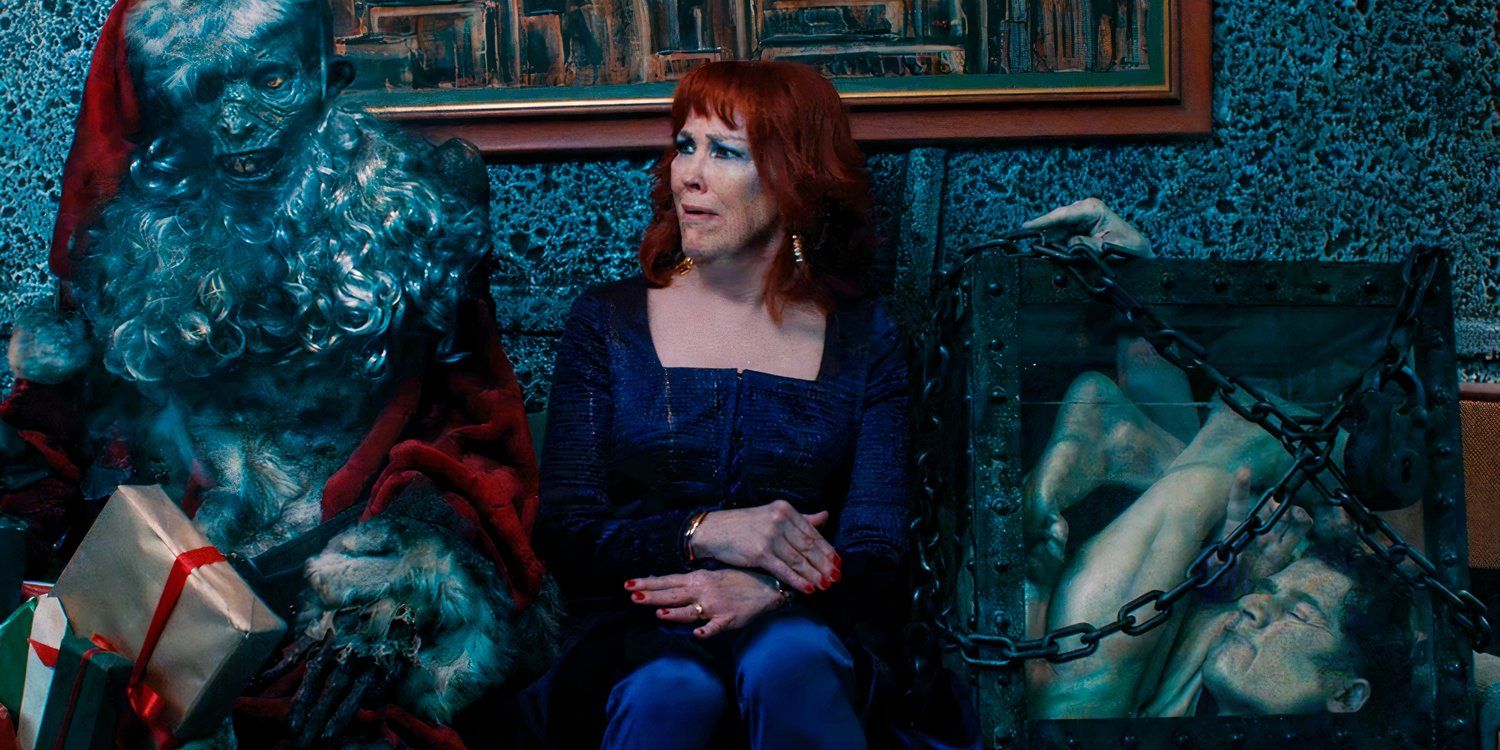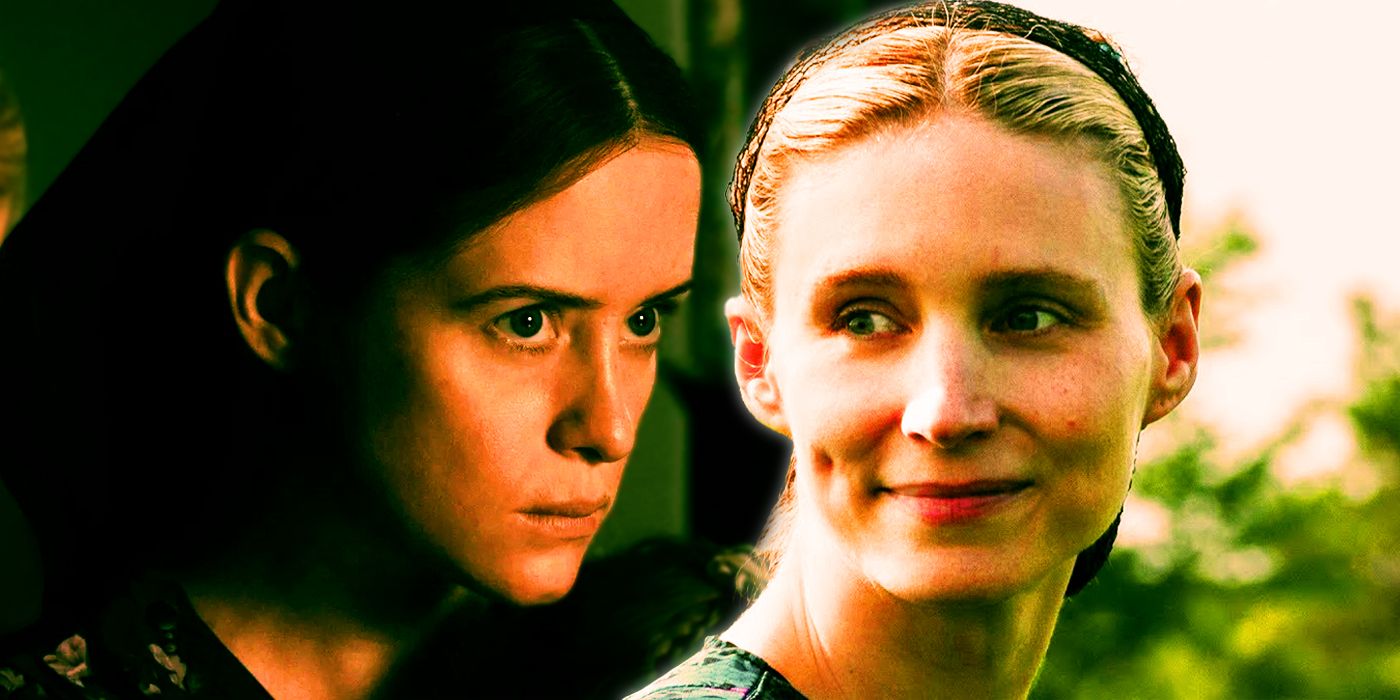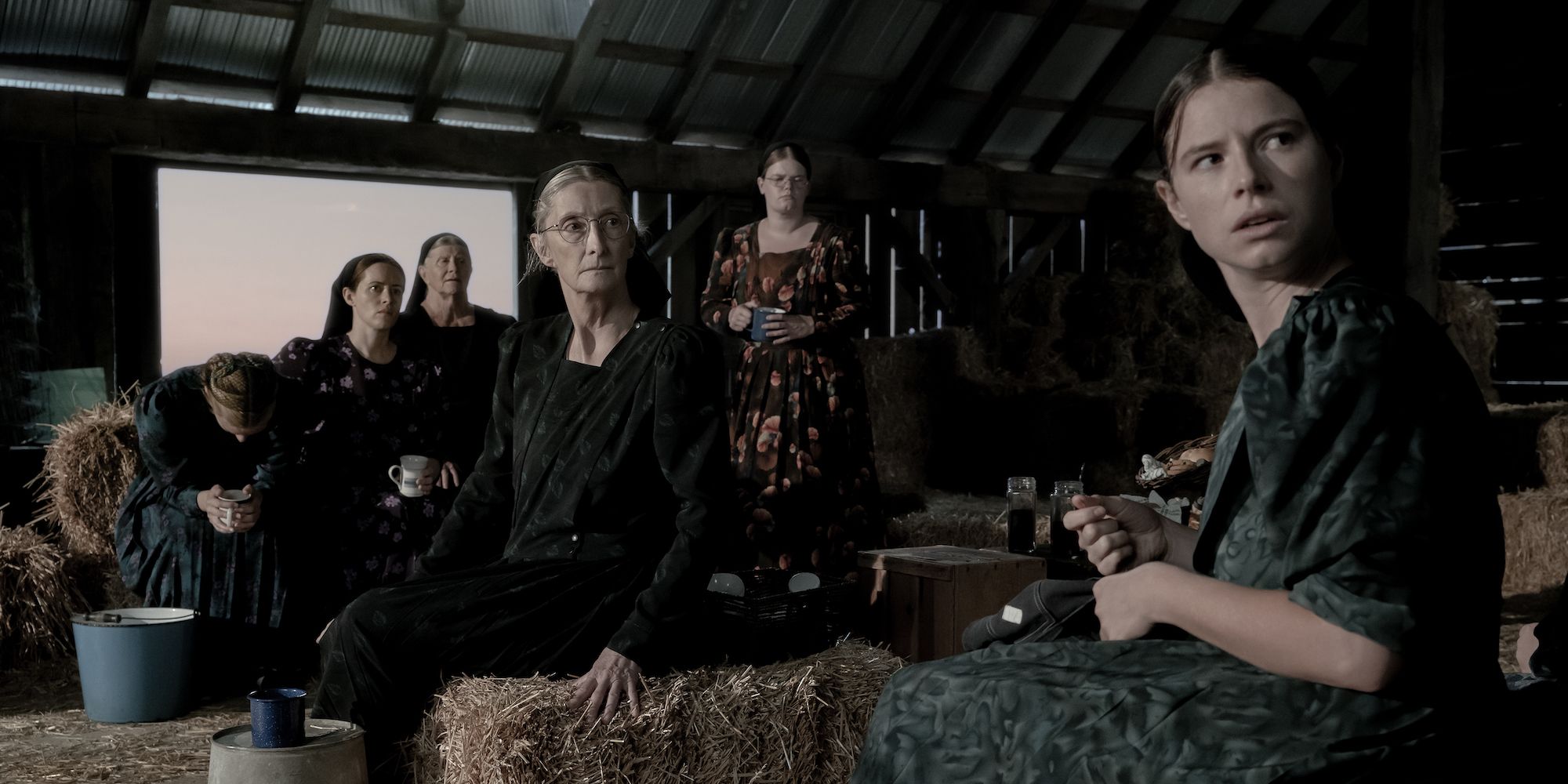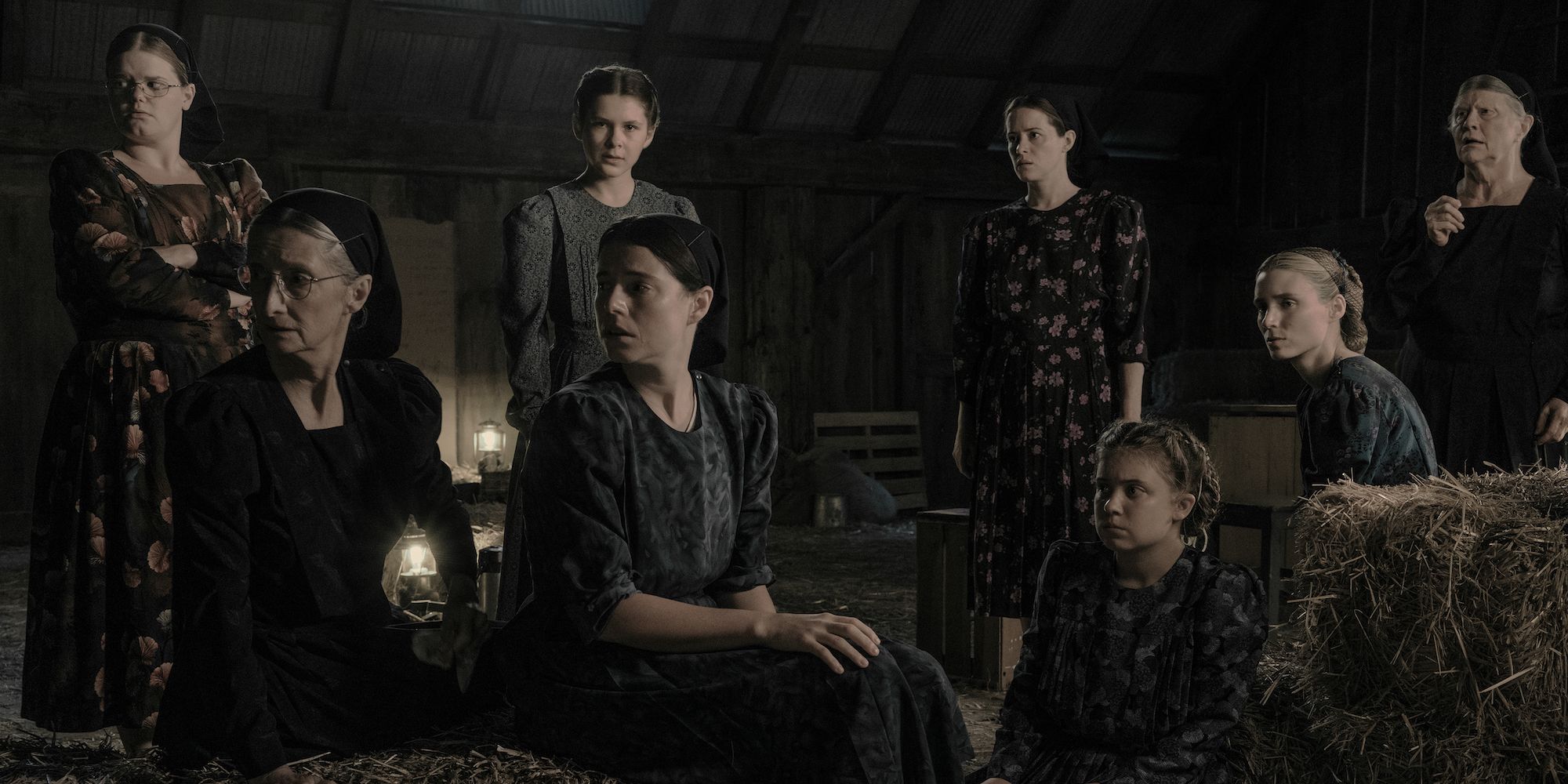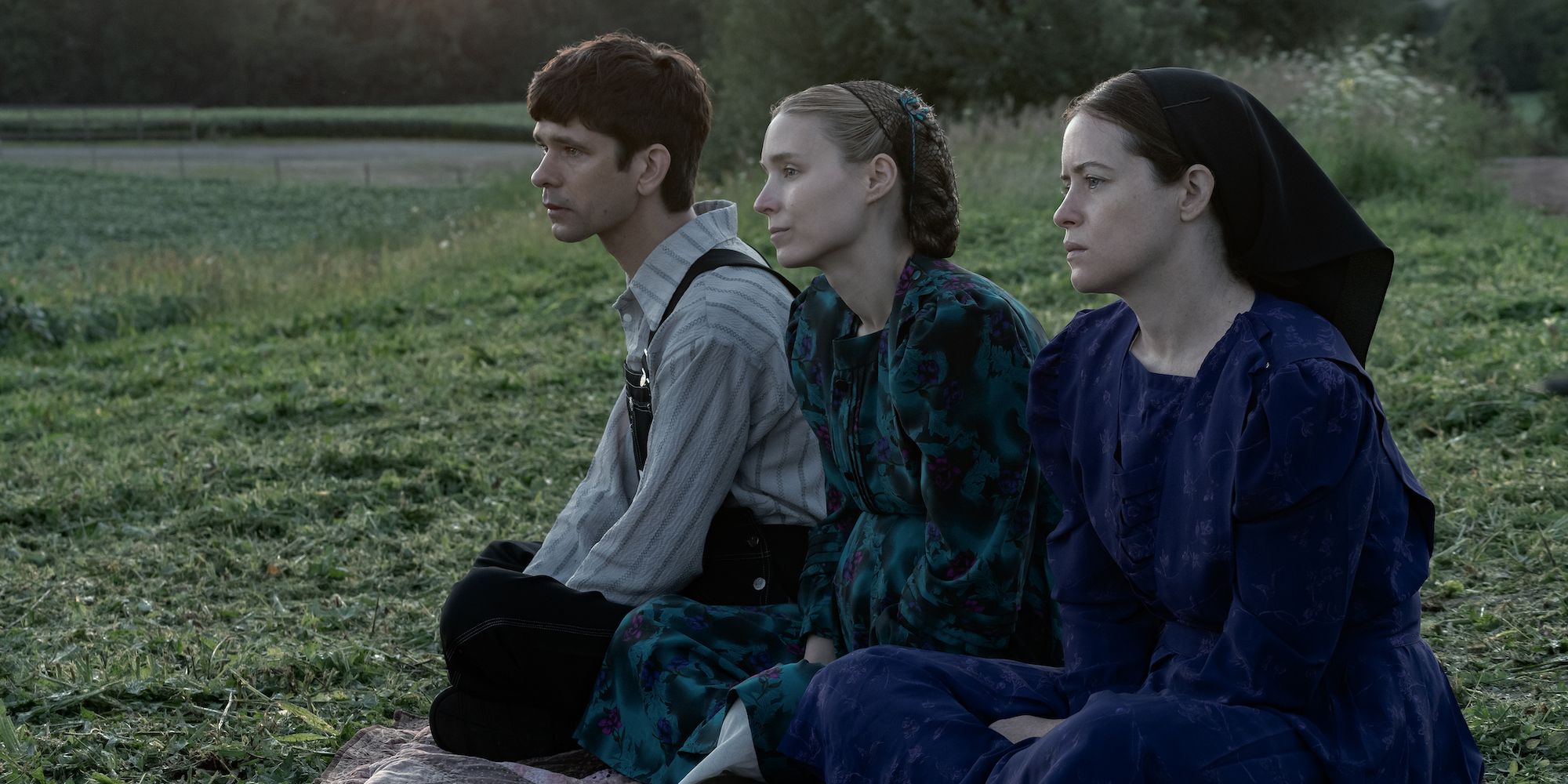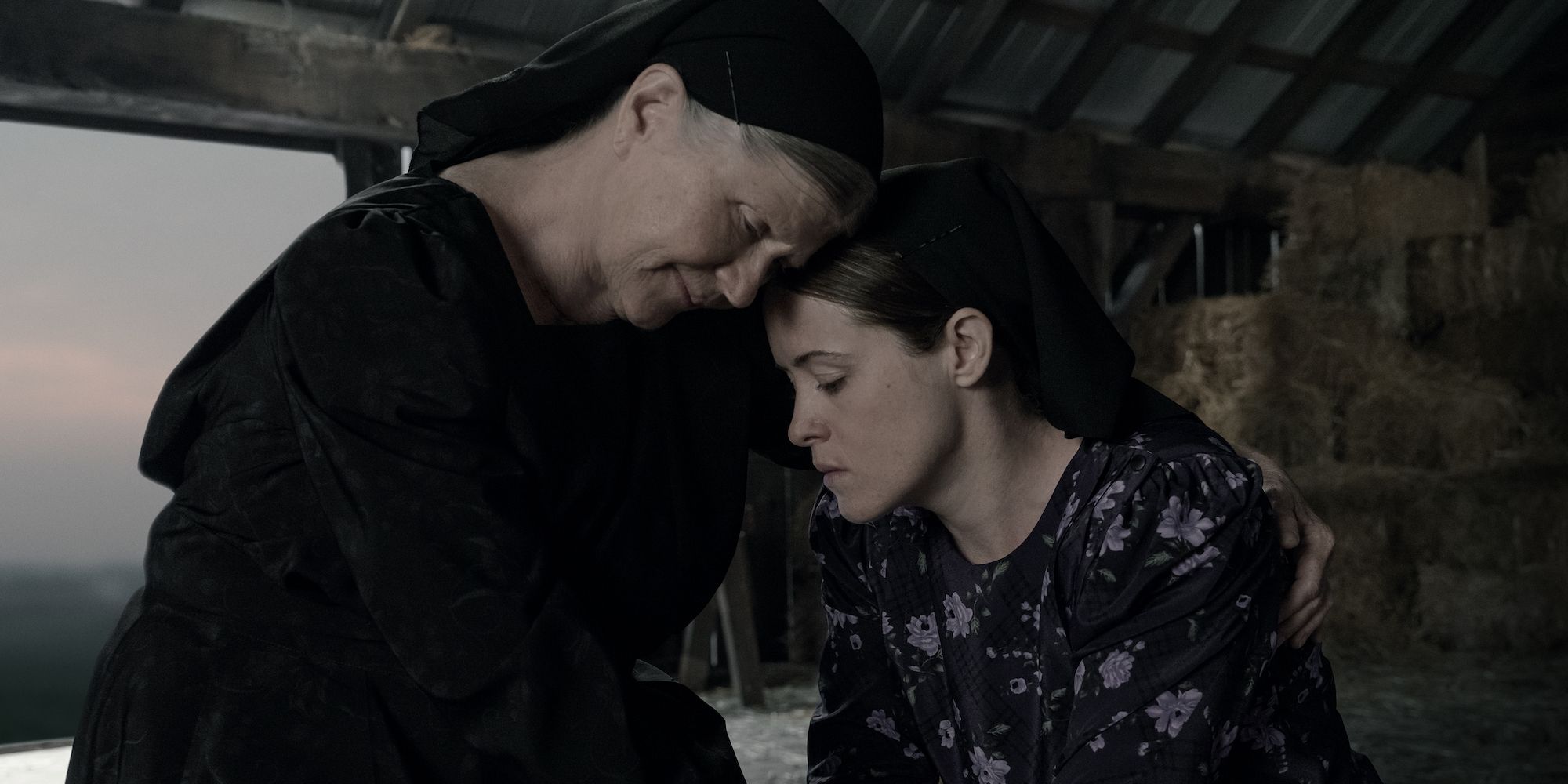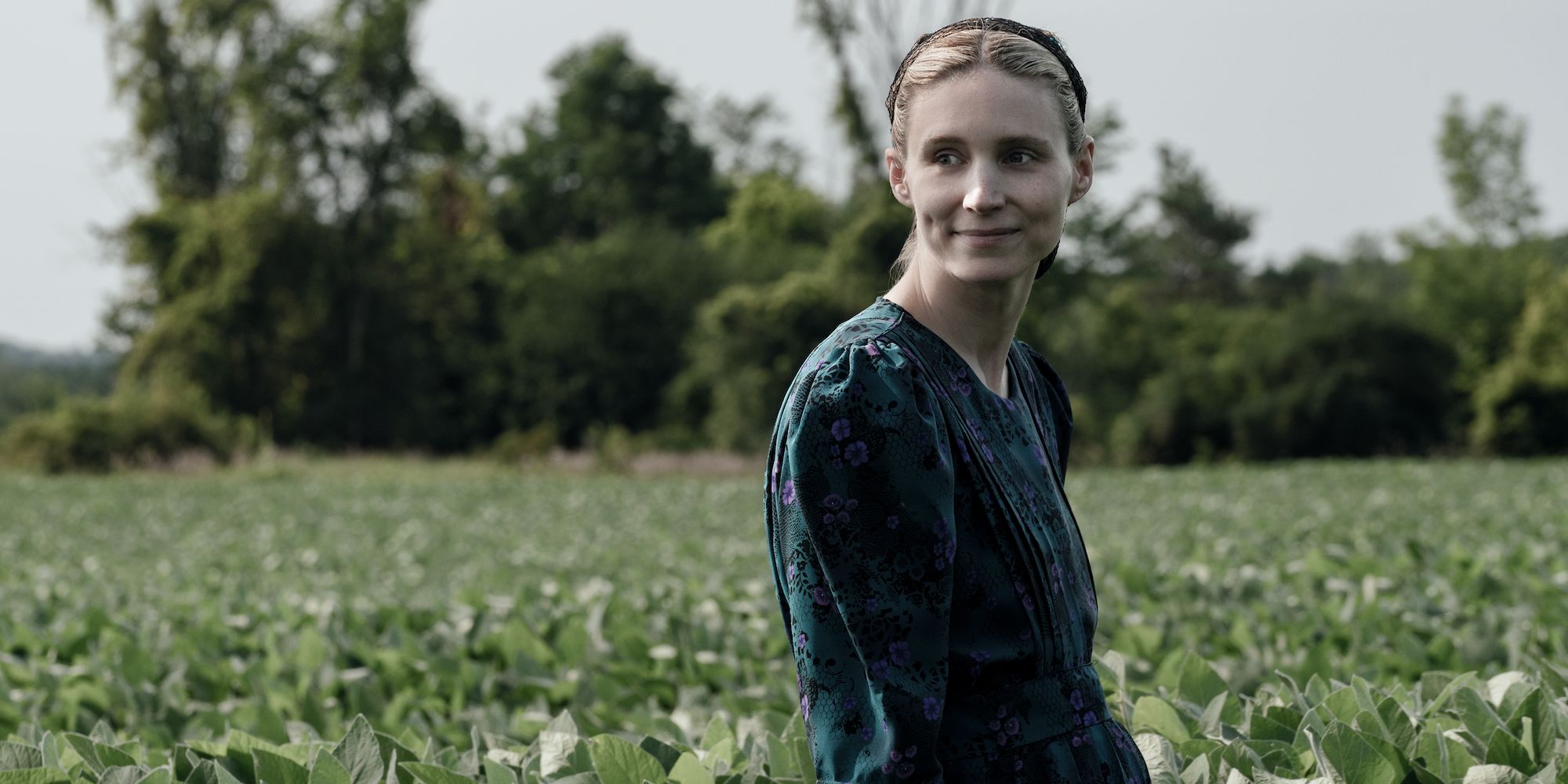Warning: This post contains spoilers for Women Talking, as well as mention of sexual violence
Women Talking has been made into a film, but Sarah Polley’s script draws from another source for its story. Premiering at the 2022 Telluride Film Festival, Women Talking boasts a strong ensemble cast and gets straight to the point. Is the film based on a true story? Here’s everything to know about the drama’s narrative and where it draws its influences from, including what it changes.
Women Talking is based on a true story, which author Miriam Toews then drew from to create the narrative that became her 2018 novel. As with any book-to-movie adaptation, Women Talking, which was released in limited theaters on December 2, isn’t an exact replica of its source material. Polley’s film alters things from the book to craft its narrative and adapt itself to an onscreen format. By extension, Toews takes creative liberties when crafting her own story while pulling from the real one.
What True Story Is Women Talking Based On?
Women Talking is based on the book of the same name by Miriam Toews. However, that very story is based on true events that occurred in a Mennonite colony in Bolivia. Over 150 women were raped by a group of nine men in their community for four years between 2005 and 2009. The men reportedly used a narcotic spray, that was used on animals, to sedate the women before committing their crimes. The Mennonite women were often told that the blood and bruises they would wake up to, and the grogginess they felt after they were sedated, was the work of the devil.
The men were ultimately arrested after one man was caught inside someone’s house. He outed the others, and they all admitted to their crimes, detailing how they did it. Eight men were charged with rape and sentenced to 25 years in prison in 2011, and another was charged with 12 years for providing the drug used one the women and girls. The Mennonite community in Bolivia is a Manitoba colony, one that exists away from the country’s population, and which follows specific rules of conduct and dress.
Toews moves the story from Manitoba’s Mennonite colony in Bolivia, which is made up of descendants of 16th century Germans and Hollanders who settled in the region in 1834 and kept largely to themselves, to Molotschna, a Mennonite colony that existed in what is now Ukraine. It’s a change that suggests the crimes could have happened anywhere, not just in the real-life Mennonite colony in South America.
Did The Real-Life Mennonite Women Leave Their Colony?
There is no evidence that the women of the Mennonite community in Bolivia decided to leave their colony behind after the sexual assaults. Life in Manitoba continued on and, though it’s unclear what the day-to-day life is like for these women in the aftermath, their story did not transpire exactly as it did in Women Talking. That said, psychological counseling was offered to the Mennonite women, though it isn’t confirmed how many of the victims sought it out.
What Happened To The Mennonite Men Who Were Imprisoned?
Ten years following the men’s arrests, they are still imprisoned in Palmasola, a prison in Bolivia. The man imprisoned for providing the drug is out on conditional release as of 2019. The men denied the charges against them despite initially confessing to their crimes, and there were members of the Mennonite community attempting to release the men from prison, which is not sitting well with many other Mennonites. However, as of 2019, no legal proceedings have been initiated to officially release the men, and they’d have to serve 16 years before being considered for any conditional release.
What The Women Talking Movie Changes From The Book
Women Talking ends on a hopeful note, but the novel suggests there is a more apparent danger that the characters might be walking into. What’s more, the film adaptation of the book leaves out the identity of August’s father, and does not name his mother (whose name is Monica). Women Talking retains the general philosophical discussions the women have, including conversations on the nature of evil and forgiveness, which their religion teaches.
However, any direct references to Augustine, considered a saint by the Catholic Church, and the teachings in his book Confessions, are removed from page to screen. That includes mentions of August stealing pears, which he once believed was the reason his mother was excommunicated. What’s more, August doesn’t narrate the film as he does in the novel, and the women have to jump through a few more hurdles before they finally leave their Mennonite community behind.
How Author Miriam Toews’ Experience Shaped Women Talking’s Story
Author Miriam Toews grew up in a Mennonite community in Manitoba, Canada. She left the community behind when she turned 18, though she still considers herself to be Mennonite. Though Women Talking is based on a real-life story, Toews drew from her own experiences living within the close-knit community. What she saw — the “abuse of authority,” using “God’s authority to justify the most depraved crimes,” as she described in an interview with Christian Century — are just some of the reasons Toews left her Mennonite community behind. Such instances appear throughout Women Talking, and it’s likely the author's background helped her understand and empathize further with the tragedies.




